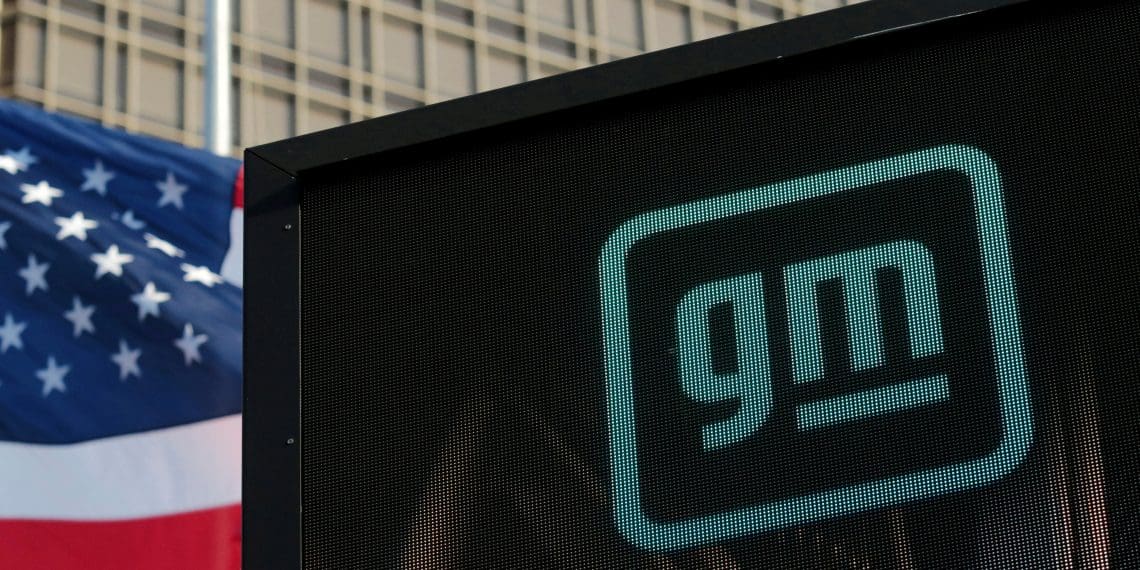Profit Engine Turns to Liability as GM Restructures Chinese Joint Venture
General Motors (GM) is grappling with a $5 billion blow in its once-thriving China division, reflecting the automaker’s steep challenges in the world’s largest car market. The charges, announced Wednesday, include $2.6 to $2.9 billion in restructuring costs and $2.7 billion to account for the reduced value of its joint venture with SAIC Motors, which produces Buick, Chevrolet, and Cadillac vehicles in China.
The charges, primarily tied to plant closures and portfolio optimization, highlight GM’s struggle to stay competitive in a rapidly evolving market increasingly dominated by Chinese automakers buoyed by government subsidies.
Falling Sales and Mounting Losses
Once a crown jewel for GM’s global operations, its China division has become a financial drain:
- GM reported a $350 million loss in the region during the first three quarters of 2024.
- Sales at SAIC-GM have plummeted by 59% this year to just 370,989 units—less than 10% of what local EV giant BYD sold in the same period.
- At its peak in 2018, SAIC-GM sold 2 million cars annually.
In response to declining performance, CEO Mary Barra is spearheading a transformation of GM’s operations in China, aiming to cut inventory and streamline operations. However, Barra has warned that the market is becoming “untenable” for many foreign automakers due to intense competition and aggressive pricing by local manufacturers.
A Market Dominated by Chinese Automakers
The decline of traditional foreign automakers like GM in China is part of a broader trend:
- BYD, backed by Chinese government subsidies, has emerged as the market leader in new energy vehicles (NEVs), selling over 10 times the units of SAIC-GM this year.
- Volkswagen, once the best-selling brand in China, has been overtaken by BYD and is now investing in partnerships with Chinese companies like Xpeng Motors and SAIC to secure EV technology.
- Japanese automaker Nissan is cutting 9,000 jobs and reducing manufacturing capacity due to falling sales in China and the U.S.
- Rival Ford is pivoting to transform its China operations into an export hub as analysts urge Detroit automakers to consider exiting the Chinese market altogether.
GM’s Restructuring Strategy
Despite the steep charges, GM has indicated that it plans to restructure its joint venture without new cash investments. The company has not disclosed full details of the restructuring, but insiders have pointed to:
- Dealer inventory reductions: GM aims to stabilize inventory levels and modestly improve market share.
- Cost-cutting measures: GM’s partner, SAIC, reportedly plans to cut thousands of jobs, including at its joint venture with GM.
A GM spokesperson emphasized that these measures will impact fourth-quarter earnings, reducing net income but not adjusted results.
Challenges Ahead for GM
The road ahead for GM in China remains fraught with difficulties:
- EV Transition: GM lags behind local manufacturers like BYD in NEVs, with only 12% of its sales in China coming from EVs. EU-style emission regulations requiring at least 21% EV sales by 2025 pose another hurdle.
- Stiff Competition: Chinese automakers are aggressively undercutting U.S. and European rivals, leveraging low-cost manufacturing and government support.
- Eroding Market Position: Foreign brands like GM and Nissan are losing their foothold, while Chinese brands dominate in both volume and innovation.
The Bigger Picture
GM’s $5 billion hit is part of a larger struggle for traditional automakers in China, where local companies are rapidly eclipsing global giants. With shares down 43% this year, GM’s challenges in China are emblematic of the shifting power dynamics in the global auto industry.
As competitors like Volkswagen double down on partnerships and Ford rethinks its strategy, the question remains whether GM can weather the storm or if, like some analysts suggest, it’s time for Detroit automakers to cut their losses in China.










